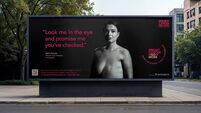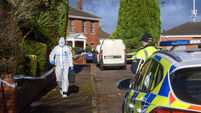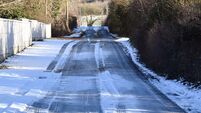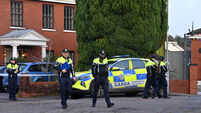Patient advocate raises alarm on breast density after delayed cancer diagnosis
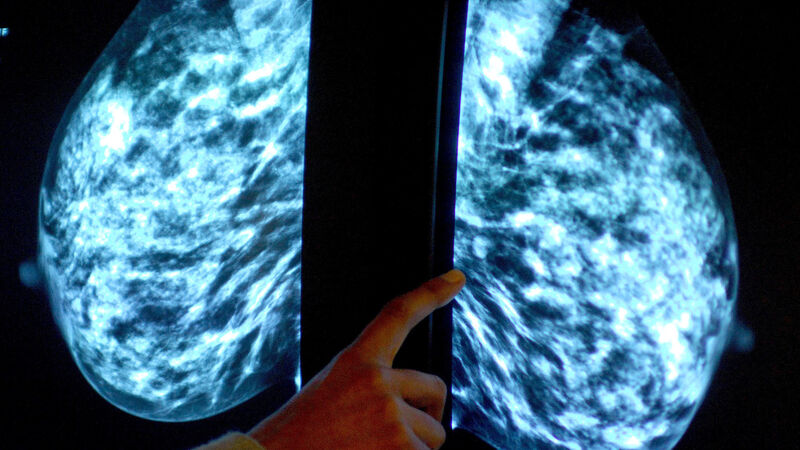
Calls are being made for better screening for women with dense breasts.
When she was diagnosed with breast cancer, Siobhán Freeney was shocked to discover how large her tumour was — after a previous mammogram had not picked it up.
In December 2015, Ms Freeney was diagnosed with stage three invasive lobular carcinoma, a type of breast cancer that starts as a growth of cells in the breast’s milk-producing glands.
She was told she had a 7cm-long tumour.
“I was quite shocked at the size of the tumour. I did wonder immediately how had it been that I had had a clear mammogram six months earlier. That was the first red flag for me,” said Ms Freeney.
Her tumour was missed on consecutive BreastCheck screenings, the national breast screening programme, as she was not notified of her breast density, and was “not offered appropriate, essential imaging”, she said.
She now advocates for better screening for women with dense breasts and is a patient advocate for the European Lobular Breast Cancer Consortium, which aims to understand the genetic cues that underpin this type of breast cancer.
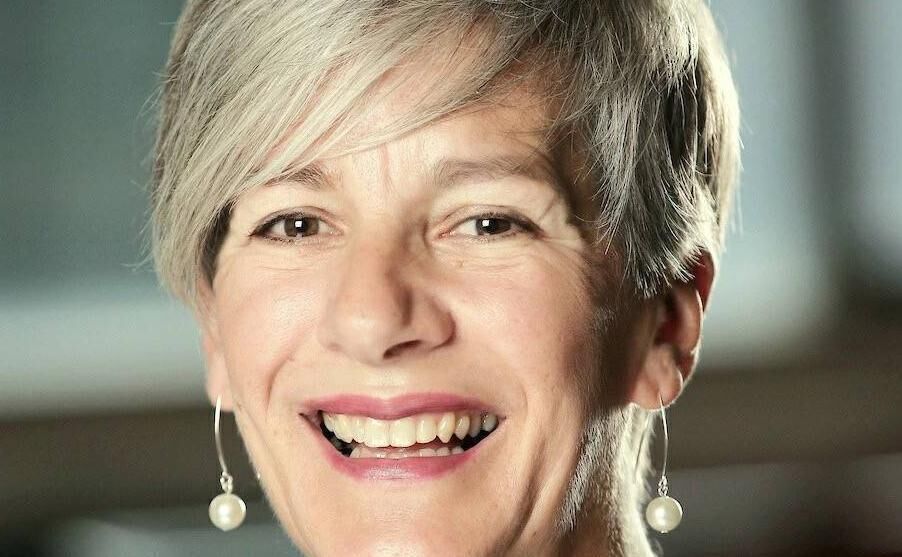
“I asked fairly normal questions in relation to that and I was told there was nothing showing on my mammogram six months earlier. And there was very little other explanation given at the time.
“I spent a couple of months going through the initial scans, getting my diagnosis and getting my treatment plan."
When she asked BreastCheck to get a copy of her medical records, she was told “they didn’t keep any records”.
“I thought, ‘my God, that's extraordinary’,” she said.
She first heard of breast density after reaching out to grassroots patient advocacy groups.
“I went back to BreastCheck and I asked new questions, and was told my tumour was occult and that it could not be seen on mammograms.
“Breast density is an issue because when you have what is termed dense breasts, mammograms aren't particularly effective.
To raise awareness on the issue, Ms Freeney has set up a petition to call for “standardised breast density notification for all women who have mammograms”.
As breasts are made up of two types of tissue, either ‘fatty’ or ‘non-fatty tissue’, dense breasts are dependent on how much of the non-fatty tissue type women have. The risk of breast cancer is higher in women with the densest breasts compared to those with less dense breasts.
So far, more than 6,000 people have signed the petition.
“The radiologist really has to take your breast density into consideration.
"We really need to know this because what you then need to categorically rule out the presence of breast cancer is an ultrasound or maybe even a breast MRI.
"It’s a conversation that's not widely heard of in Ireland.”






